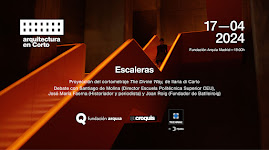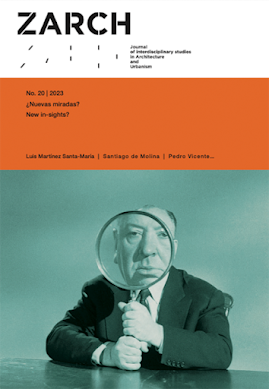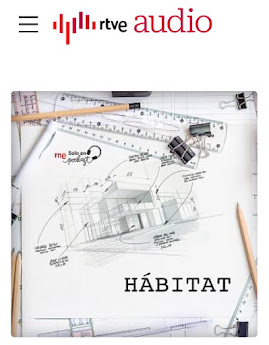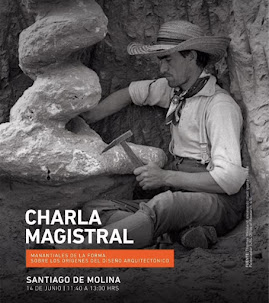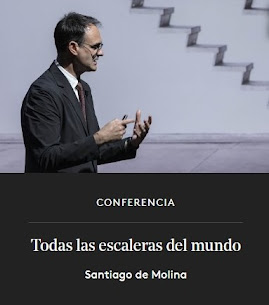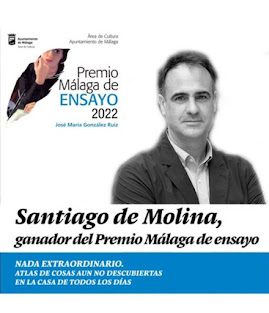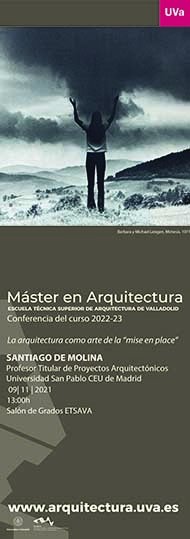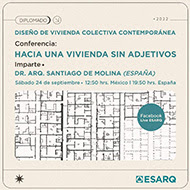Uno de los más bellos problemas de ser arquitecto, como por otro lado también lo es de ser alfarero, ebanista o pintor, es el de reconocer cuándo
detener el trabajo. El instante en el que hay que parar la máquina de la coherencia porque, de seguir, podría llevarse a tal extremo que empeorara el conjunto. Desde luego, esto no es una invitación a
rendirse ante cualquier problema que distorsione la obra, sino más bien a diferenciar aquello que hay que dejar pasar porque verdaderamente resulta insustancial.
Un ejemplo: el filósofo Ludwig
Wittgenstein, fascinado por la arquitectura, construyó una famosa casa para su hermana Margaret en la que un milímetro de más en un detalle de la cerrajería estuvo a punto de hacerle abandonar la obra. Tardó un año en diseñar los tiradores de las puertas. A esto se sumó que, una vez que todo estuvo acabado, forzó la demolición de un techo por un error de tres centímetros...
En todo oficio existe un punto donde aparece el abismo del fetichismo narcisista. Un arquitecto emperrado, como un niño malcriado, en exigir por encima de todo el sobrecoste de una solución intrascendente, por mucho que parezca asomarse al abismo de lo heroico, lo hace al del puro estiércol y al desprecio por lo que en verdad significa la Arquitectura. Porque tras el capricho del hormigón H-1000 viene el de la colocación de un acero corrugado moldeado por argenteros, o una piedra africana de una cantera extinta que se hace imprescindible reabrir. La diferencia entre Sáenz de Oiza y alguno de sus discípulos es de este orden.
Lo imperfecto admite mejora y nos acoge. Para la arquitectura, ese margen es el territorio en el que asume que el trabajo con lo contingente es un material más valioso aún que el acero inoxidable y el mármol. Para cualquier arquitecto que se precie de serlo, el verso de Wallace Stevens resuena como las campanas de una catedral: "mi patria es lo imperfecto". La
perfección no es un horizonte ni una opción. La perfección no es siquiera parte de la ecuación. Porque se trata siempre de algo de mayor alcance que la perfección misma.
One of the most beautiful challenges of being an architect—much like being a potter, carpenter, or painter—is recognizing when to
stop striving for the task. The moment when the machinery of coherence must be halted, because pushing it further might take things to an extreme that worsens the whole. Of course, this is not an invitation to
surrender to any problem that distorts the work, but rather to discern what should be let go because it is truly inconsequential.
An example: the philosopher Ludwig
Wittgenstein, fascinated by architecture, built a famous house for his sister Margaret where a millimeter too much in a locksmithing detail nearly led him to abandon the project. It took him a year to design the door handles. To this, one can add that, once everything was completed, he insisted on demolishing a ceiling over a three-centimeter error...
In every craft, there is a point where the abyss of narcissistic fetishism appears. An architect stubbornly, like a spoiled child, demanding at all costs the overexpenditure for an insignificant solution, might seem to be staring into the abyss of heroism, but instead plunges into the mire of arrogance and disdain for what Architecture truly means. Because after the whim of H-1000 concrete comes the insistence on placing corrugated steel shaped by silversmiths, or sourcing an African stone from a long-closed quarry that must be reopened at all costs. The difference between Sáenz de Oiza and some of his disciples lies precisely here.
Imperfection welcomes improvement and embraces us. For architecture, this margin is the space where it acknowledges that working with the contingent is a material even more valuable than stainless steel or marble. For any architect worthy of the title, Wallace Stevens’ verse rings like the bells of a cathedral: “My homeland is the imperfect.”
Perfection is neither a horizon nor an option. Perfection isn’t even part of the equation. Because it is always about something greater than perfection itself.































